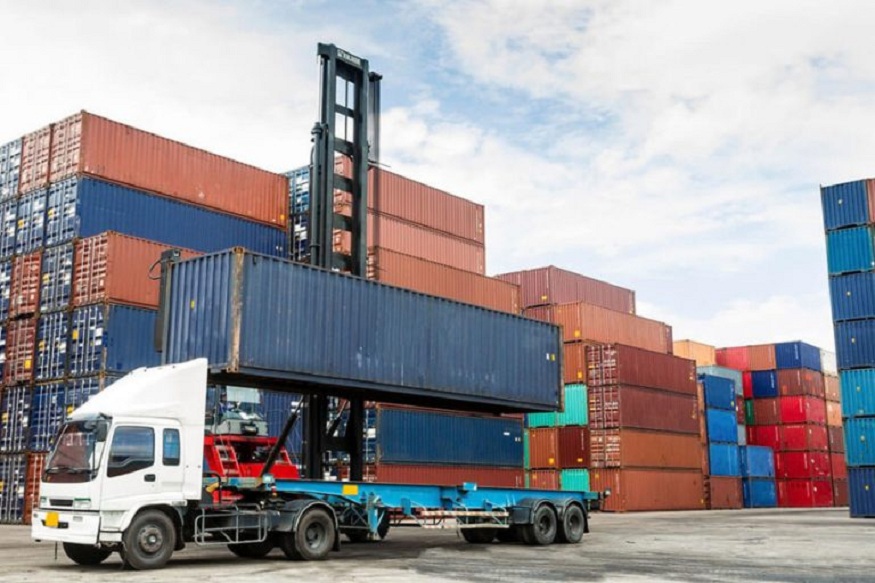A key point in the transport of goods, lashing is subject not only to regulations but also to regular inspection and precise use of the equipment by operators (although the Periodic General Verification or VGP is not obligatory).
Here is an essential reminder of the various regulatory information and best practices in the field of lashing. Thanks to this data and good quality equipment, it is possible to make the road and deliveries ever safer!
Lashing equipment according to the vehicle
It is generally considered that this type of equipment is a universal solution that should allow everything to be secured, regardless of the type of load.
On the other hand, technical developments in vehicles have made it possible to strengthen the body structures of semi-trailers. This is why the latest generations, known as “XL code”, are more resistant. They make it possible to lighten the lashing and reduce the number of straps to hold the load.
In vans (small parcels, courier transport):
Retaining nets
Pallet stop bars
For construction and grain trucks :
Little need for lashing.
Lashing straps
Standards
Lashing with textile straps meets European standards:
The EN12640 standard for the number of anchor points on board new trailers (24 to 26 rings).
The EN 12195-2 standard for the technical qualities of the product.
The EN 292-2 standard for marking.
The SHF (Standard Hand Force): always equal to 50 daN (standardized tension force), it is the manual force applied to the entry of a lashing element.
STF (Standard Tension Force): the force provided by the securing element (a ratchet for example) with an input force of 50 daN.
WARNING! The STF force of the ratchets is greater than the strength of the straps for anything concerning loads that you want to “pin to the ground” (securing by overlapping).
The STFs mainly encountered: 200 daN (small ratchets), 375 daN and 500 daN (for 7.5 t type straps, i.e. with a LC of 2,500 daN).
How do I know if the strap meets the standards?
You just need to check the information that must appear on the label as shown in this example:
Please note : if any of these details are missing, then your strap is not compliant.
In France, we are used to talking about a 6-ton 9m strap. This is the breaking point of the textile strap and ot its lashing capacity.
Usually, for professionals, only the lashing capacity is important. That is why, in order to avoid any confusion, we have recently renamed all our lashing straps by their lashing capacity and no longer by the textil resistance (commercial name).
Explanation : on the label of a strap “6 tonnes” –> 2 x LC = 2 x 2,000 daN (20 kN) = 4,000 daN (40 kN) = 4 t of lashing capacity. And 3 x LC = 3 x 2,000 daN = 6 t of resistance of the textile strap (breaking point).
The properties remain the same, only the name changes!
They are mandatory in the metallurgical field (transport of metal coils, parts, etc.) although there is no standard for these products.
They come in different thicknesses and the choice is made according to the loader’s requirement. For example, for transporting paper reels, fairly thin belts are required so as not to mark the product.
Protective corners
Protective corners are necessary when securing sharp or abrasive objects. In addition, they have several advantages:
Strap protection : they prevent premature wear by protecting them from friction
Securing loads : allows for better securing of the load. When securing a load from above and there are protruding angles (e.g. pallet, crate, etc.), there is always one side of the strap that is less well tensioned than the other (the strap “catches” on the angle and is not fully tensioned). Whereas with the angle iron, the angle is rounded, so the strap slides better and the tension is optimized.

